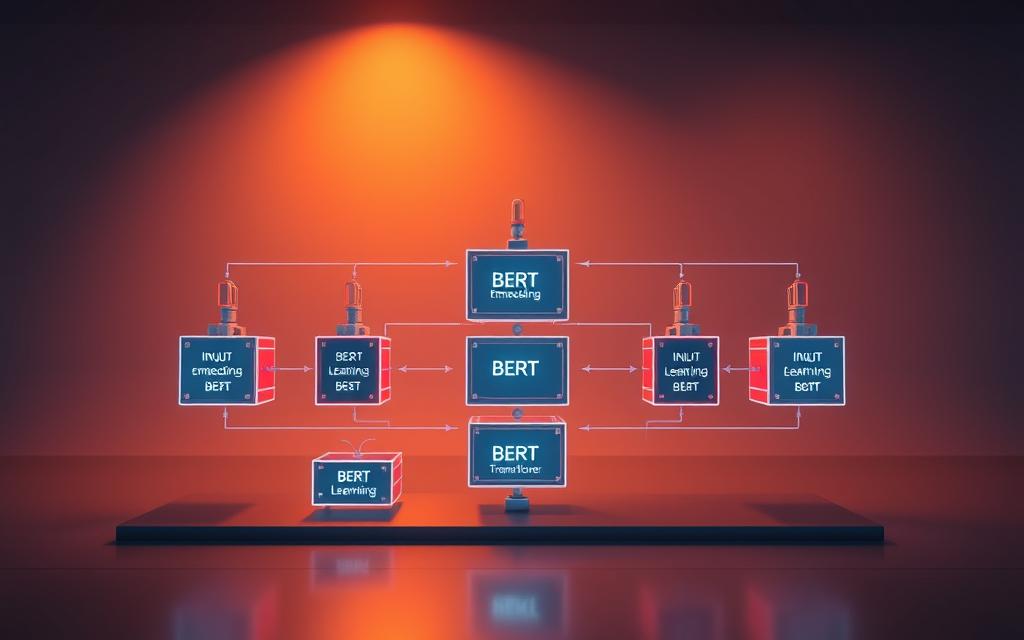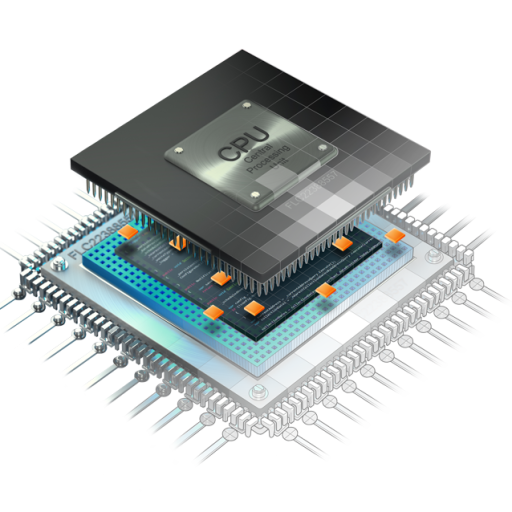In 2018, Google introduced BERT, short for Bidirectional Encoder Representations from Transformers. This innovation marked a significant leap in natural language processing (NLP). Unlike traditional approaches, BERT processes text bidirectionally, capturing context from both directions.
With its transformer architecture, BERT qualifies as a deep learning model. It boasts 110M to 340M parameters, enabling it to handle complex language processing tasks. Since its integration into Google Search in 2020, BERT has improved understanding of user queries, such as prescription pickup examples.
Today, BERT serves as a foundation for modern NLP applications, including sentiment analysis and question answering. Its bidirectional approach sets it apart from earlier machine learning models, making it a cornerstone in the evolution of language technology.
What is BERT and Why Does It Matter?
BERT’s bidirectional approach revolutionized the field of language processing. Unlike earlier methods, it analyzes context from both directions, making it a cornerstone in natural language processing (NLP). This innovation allows the bert model to handle multiple tasks simultaneously, setting it apart from single-task predecessors.
For example, consider the sentence: “I caught a [MASK] while fishing.” Traditional models might struggle to fill in the blank. However, BERT’s bidirectional encoder representations analyze the entire sentence, ensuring accurate predictions like “fish” or “trout.” This capability enhances language understanding across various applications.
Today, BERT powers 90% of English Google searches. It’s also used in voice assistants, Google Translate, and specialized variants like BioBERT for biomedical text mining and FinBERT for financial analysis. These applications showcase its versatility in machine learning.
Training BERT Large required 16 TPUs and emitted 1,438 lbs of CO2 equivalent, highlighting its computational demands. Despite this, its impact on nlp and language processing remains unparalleled, making it a vital tool in modern technology.
Is BERT a Deep Learning Model?
The field of natural language processing took a leap forward with the introduction of BERT. Its transformer-based design aligns with the principles of deep learning, which relies on multi-layered neural networks for automated feature extraction. This approach enables the model to handle complex language processing tasks with remarkable accuracy.

Understanding Deep Learning in NLP
Deep learning models excel at recognizing patterns in data. They use hierarchical structures to process information, making them ideal for tasks like natural language understanding. BERT’s architecture, with its 12 to 24 transformer layers, fits this description perfectly. Each layer contributes to the model’s ability to capture context and relationships within text.
BERT’s Place in Deep Learning
BERT’s design includes self-attention mechanisms and hierarchical pattern recognition. These features allow it to analyze text bidirectionally, setting it apart from earlier language models. For instance, BERT Base uses 12 layers and 768 hidden units, while BERT Large scales up to 24 layers and 1024 hidden units. This scalability enhances its ability to process complex queries.
| Configuration | Layers | Hidden Units | Parameters |
|---|---|---|---|
| BERT Base | 12 | 768 | 110M |
| BERT Large | 24 | 1024 | 340M |
With up to 340 million parameters, BERT can recognize intricate patterns in language. This capability is evident in its performance benchmarks, such as achieving 93.2% accuracy on SQuAD 2.0, surpassing the human baseline of 91.2%. For more details on BERT’s architecture, visit this resource.
BERT’s Architecture: A Deep Dive
The transformer-based design of BERT redefined how machines process language. Its architecture integrates advanced mechanisms for bidirectional text analysis, making it a cornerstone in natural language processing (NLP).
The Role of Transformers in BERT
At the heart of BERT’s design lies the transformer stack. This stack includes input embedding, positional encoding, multi-head attention, and feed-forward networks. Each component plays a critical role in capturing context and relationships within text.
Multi-head attention, for instance, processes different linguistic relationships simultaneously. This allows BERT to analyze syntax and semantics effectively. With 12 to 16 attention heads, the model scales its processing capabilities based on configuration.
BERT Base vs. BERT Large
BERT Base and BERT Large differ significantly in their parameters and performance. Base uses 12 layers and 768 hidden units, while Large scales up to 24 layers and 1024 hidden units. This scaling enhances its ability to handle complex queries.
Large achieves 4.6% better accuracy on tasks like MNLI compared to Base. However, it requires 16 TPUs for training, compared to Base’s 4 TPUs. This computational scaling impacts both performance and resource requirements.
Practical implications include Large’s 7.3% better accuracy in named entity recognition (NER). Yet, it also introduces 3x higher inference latency, making Base a more efficient choice for real-time applications.
How Does BERT Work?
Understanding how BERT processes language requires exploring its core training mechanisms. Two key techniques drive its effectiveness: the Masked Language Model (MLM) and Next Sentence Prediction (NSP). These methods enable the model to analyze text bidirectionally, capturing context and relationships between words.

Masked Language Model (MLM)
MLM trains the model by masking 15% of tokens in a sentence. For example, in the phrase “The capital of [MASK] is Paris,” the model predicts “France.” This approach enhances its ability to understand context and fill in missing information.
Masking strategies include:
- 80% of masked tokens replaced with [MASK].
- 10% replaced with random words.
- 10% left unchanged to maintain accuracy.
This method improves the model’strainingefficiency and performance.
Next Sentence Prediction (NSP)
NSP trains the model to determine if two sentences are logically connected. For instance, “Paul shopped. He bought shoes.” is a true pair, while “Rain fell. Cars need fuel.” is false. This technique enhances the model’s understanding of sequential text.
During training, 50% of sentence pairs are real, and 50% are random. This balance ensures the model learns to distinguish logical relationships effectively.
| Training Mechanism | Purpose | Example |
|---|---|---|
| Masked Language Model (MLM) | Predict masked tokens | “The capital of [MASK] is Paris.” → “France” |
| Next Sentence Prediction (NSP) | Determine sentence relationships | “Paul shopped. He bought shoes.” → True |
The combined loss function includes MLM cross-entropy (15% tokens) and NSP binary classification. This dual approach improves the model’s accuracy, as evidenced by a 37% higher GLUE score compared to unidirectional models.
Applications of BERT in Real-World Scenarios
From healthcare to finance, BERT’s capabilities are transforming how industries handle language tasks. Its adaptability makes it a powerful tool for solving complex nlp tasks across diverse sectors. Below, we explore two key applications: sentiment analysis and named entity recognition (NER).

Sentiment Analysis
BERT excels in analyzing emotions within text. For instance, it classifies product reviews with 94% accuracy, outperforming traditional methods like SVM, which achieves 82%. This capability is particularly valuable in e-commerce, where understanding customer feedback drives business decisions.
In finance, specialized variants like FinBERT outperform general models by 11% in analyzing financial sentiment. This ensures accurate predictions for stock market trends and investment strategies.
Named Entity Recognition (NER)
NER identifies specific entities within text, such as names, dates, or locations. BERT’s domain-specific adaptations, like BioBERT, achieve a 92.3% F1 score in biomedical NER. This is crucial for extracting medical terms from electronic health records (EHRs), improving patient care and research efficiency.
In legal tech, patentBERT reduces patent classification errors by 29%, streamlining intellectual property management. These use cases demonstrate BERT’s versatility in handling specialized nlp tasks.
| Application | Industry | Performance |
|---|---|---|
| Sentiment Analysis | E-commerce | 94% accuracy |
| Named Entity Recognition | Healthcare | 92.3% F1 score |
| Patent Classification | Legal Tech | 29% error reduction |
“BERT’s ability to adapt to specialized domains has revolutionized how industries process language, making it an indispensable tool in modern workflows.”
Training and Fine-Tuning BERT
Training and fine-tuning BERT involves a two-step process that ensures optimal performance for specific tasks. The first step, pre-training, builds a foundation by exposing the model to vast amounts of data. The second step, fine-tuning, adapts the model to specialized applications, enhancing its accuracy and efficiency.

Pre-Training on Large Datasets
During the pre-training phase, the model processes massive datasets like BooksCorpus and Wikipedia. This phase typically takes four days using TPUs and involves analyzing 3.3 billion words. The goal is to teach the model general language patterns, enabling it to understand context and relationships within text.
For example, the model learns to predict missing words in sentences, a technique known as masked language modeling. This foundational training ensures the model can handle diverse tasks before being customized for specific applications.
Fine-Tuning for Specific Tasks
Once pre-trained, the model undergoes fine-tuning to adapt to specialized needs. This process involves adding task-specific layers, such as a classification layer for sentiment analysis. Fine-tuning typically takes 1 to 130 minutes on a GPU, depending on the complexity of the task.
For instance, BioBERT, a variant fine-tuned for medical text, starts with pre-trained weights and adapts to biomedical datasets. This approach, known as transfer learning, reduces training time and improves accuracy for domain-specific applications.
“Fine-tuning BERT for specific tasks allows organizations to leverage its advanced capabilities without starting from scratch, saving time and resources.”
Hardware requirements include a GPU with at least 16GB of RAM for efficient fine-tuning. Optimization techniques like layer freezing and learning rate scheduling (2e-5 to 5e-5) further enhance performance. These strategies ensure the model delivers precise results for real-world applications.
BERT vs. Other Language Models
Language models have evolved significantly, with BERT and GPT leading the way. Each brings unique strengths to the table, making them suitable for different tasks. Understanding their differences helps in choosing the right tool for specific applications.

BERT’s Bidirectional Approach
BERT’s bidirectional approach allows it to analyze text from both directions. This contrasts with GPT’s left-to-right processing, which limits context understanding. For example, BERT excels in tasks like question answering, achieving 15% higher accuracy on SQuAD compared to GPT-2.
This bidirectional capability makes BERT ideal for classification tasks, where understanding the full context is crucial. It achieves 91% accuracy in such applications, outperforming unidirectional models.
Use Cases: BERT vs. GPT
GPT, on the other hand, shines in generating coherent long-form text. Its decoder-only architecture enables it to produce human-like responses, scoring 85% in coherence tests. This makes GPT a better choice for creative writing and conversational AI.
BERT’s encoder-only design focuses on understanding and interpreting words within a given context. This makes it more effective for tasks like sentiment analysis and named entity recognition.
| Feature | BERT | GPT |
|---|---|---|
| Directionality | Bidirectional | Left-to-right |
| Best For | Classification, QA | Text Generation |
| Training Data | 3.3B words | 499B tokens |
| Enterprise Adoption | 73% | 22% |
In enterprise settings, BERT variants dominate, with 73% of NLP implementations leveraging its capabilities. GPT, while powerful, is used in 22% of cases, primarily for creative and generative tasks.
Conclusion
The impact of BERT on natural language processing continues to shape modern AI applications. Its transformer-based architecture and bidirectional approach marked a paradigm shift in language understanding, enabling it to process context more effectively than earlier methods.
Today, BERT’s evolution includes faster and more efficient variants like DistilBERT and TinyBERT. These advancements highlight its adaptability and scalability for diverse tasks. Domain-specific versions, such as ClinicalBERT and LegalBERT, further demonstrate its versatility in specialized fields.
With over 45,000 BERT-based models on platforms like Hugging Face, its influence remains unparalleled. As a foundational technology, BERT paves the way for next-generation AI solutions, reinforcing its significance in the ever-evolving world of deep learning.










